If you click on a link and make a purchase we may receive a small commission. Read our editorial policy.
Discovering the original Legend of Zelda game's aborted time travel storyline has changed the way I view my favorite video game series [Gamify My Life]
Nintendo almost made the first Legend of Zelda a time-travel game, and it explains so much about the series’ future.

Popverse's top stories
- Made in '87: Rewinding to the movies, comics, games, and TV shows that define pop culture to this day
- Watch now: Watch the Bob's Burgers team - H. Jon Benjamin, John Roberts, Kristen Schaal, Eugene Mirman, Dan Mintz, Larry Murphy and creator Loren Bouchard - grill up memories at NYCC 2025
- Marvel Comics killed the X-Men in 1987 to reset the franchise - but it didn’t stick
Of all the sci-fi tropes out there, time travel is among the hardest to get just right. How do you embrace the creative possibilities of shunting between past and future without creating a load of pesky paradoxes along the way? For years, Nintendo has relied on time travel to give The Legend of Zelda a unique gimmick, nearly going all the way back to 1987 when the original The Legend of Zelda hit US shelves. Discovering that has changed the way I look at one of my all-time favorite video game series.
I have intensely fond memories of playing the first Legend of Zelda game for the NES console, though I was, admittedly, too young to understand exactly what I was trying to do. It is a love that has stuck with me in the following decades, through playing classics like Ocarina of Time and the most recent epic, Tears of the Kingdom. It is near and dear to my heart, so I’m always excited to learn new things about the series. Like most pop culture journalists, an unsettlingly large part of my mind is occupied with seemingly useless trivia that I like to share/inflict on friends and family on a regular basis.
That is why I was so excited when, during my research for our Made in '87 week, I got to do a deep dive into The Legend of Zelda. The first game got a US release in 1987, which meant I got to look for new angles to discuss. This is like waving a red flag in front of a pop culture-obsessed bull. So imagine my joy at finding an interview with Shigeru Miyamoto himself that acknowledges something I never knew about the original Legend of Zelda game; it was going to involve advanced technology and time travel before they shifted to a more fantasy-based setting during development. At one time, Link would have been moving between two timelines way back in 1987.

I totally understand why Nintendo didn’t include time travel on the first Legend of Zelda game; this was the late 80s, after all. Technology had some pretty severe limits that developers had to work around. Having two Hyrules, a past one and a present one, would have strained the poor processors of the NES well beyond their limit. However, it was something that the series would revisit in multiple entries.
The easiest example is, of course, Ocarina of Time, which seems to be the eventual implementation of this concept, but you can see the attempt back in 1987, when Zelda II: The Adventure of Link came out in Japan. In it, Link must awaken a new Princess Zelda from a long slumber – this one being different from the one he had just rescued a few years earlier. Instead, this Zelda has been sleeping for hundreds of years and represents the distant past of Hyrule. It doesn’t feel like a stretch to think that, at some point during development, Miyamoto wanted to explore this past Hyrule more directly.
Then, in 1991, A Link to the Past came out. While the title implies otherwise, there isn’t any direct time travel either. Instead, there are parallel worlds – one light and one dark – that Link has to explore. But finding out how deeply time travel was embedded in the series makes me wonder if, again, Nintendo wanted to go in a different direction. What if the Dark World were a post-apocalyptic future where Link failed? Or a chaotic past where he had to battle Ganon to stop him from arriving in the present?
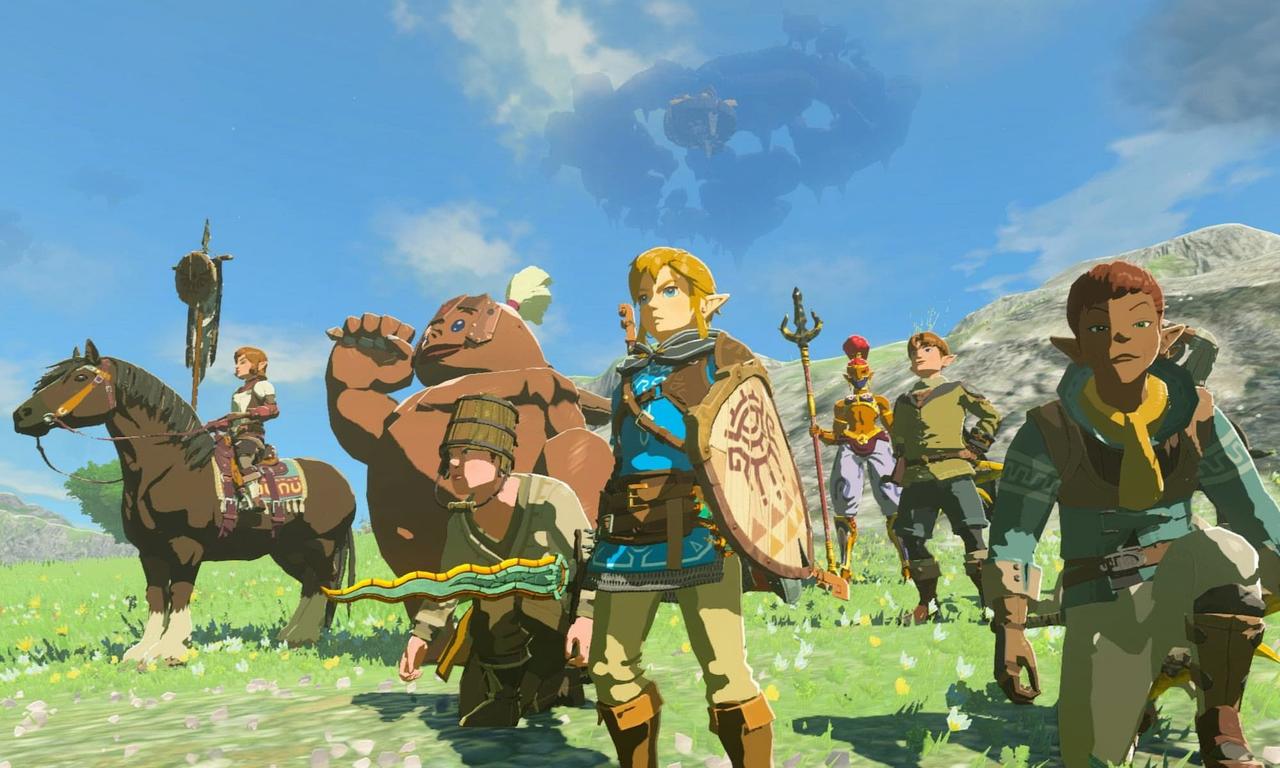
Ocarina of Time finally delivered on that concept in 1998, and it has felt like Nintendo has been happy to use The Legend of Zelda to explore the relationship between past and present ever since. Majora’s Mask gave us a three-day time loop. Skyward Sword shifted timelines on different terrains. Breath of the Wild showed Link trying to recover his memories of the past to become the hero of the present, and Tears of the Kingdom shot Zelda back into the distant past to when Hyrule was first founded.
The Legend of Zelda might not have included time travel in 1987, but discovering that it nearly did has given me a whole new perspective on one of the formative game series in my life. Time travel might not have appeared until more than a decade later, but the seeds of it have been there the whole time.
Follow Popverse for upcoming event coverage and news
Find out how we conduct our review by reading our review policy
Let Popverse be your tour guide through the wilderness of pop culture
Sign in and let us help you find your new favorite thing.

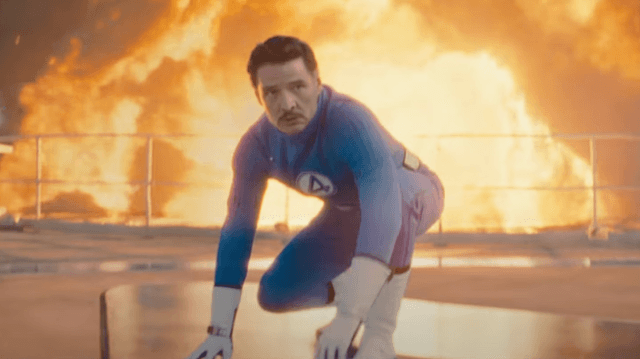


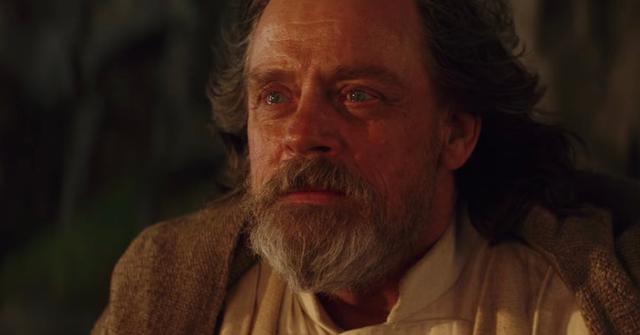
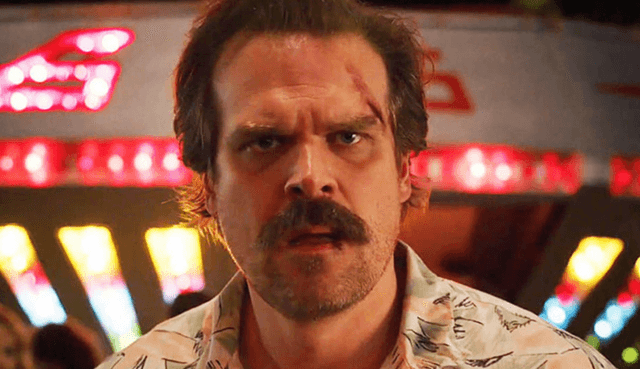
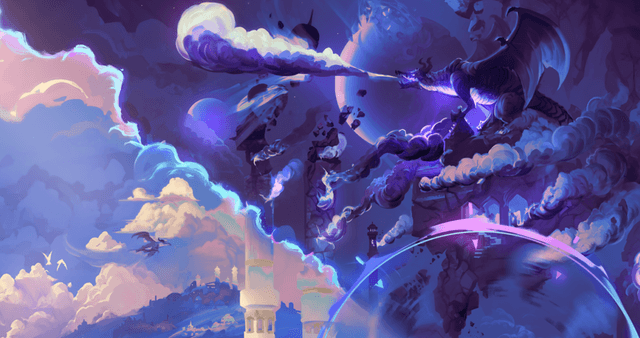







Comments
Want to join the discussion? Please activate your account first.
Visit Reedpop ID if you need to resend the confirmation email.